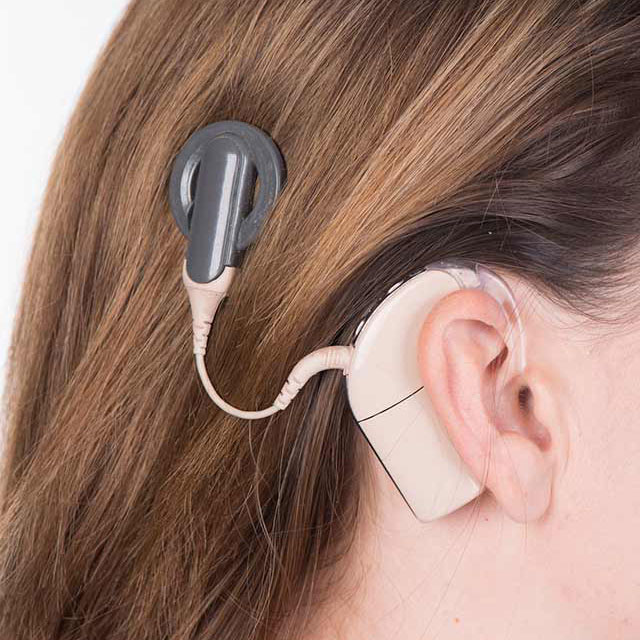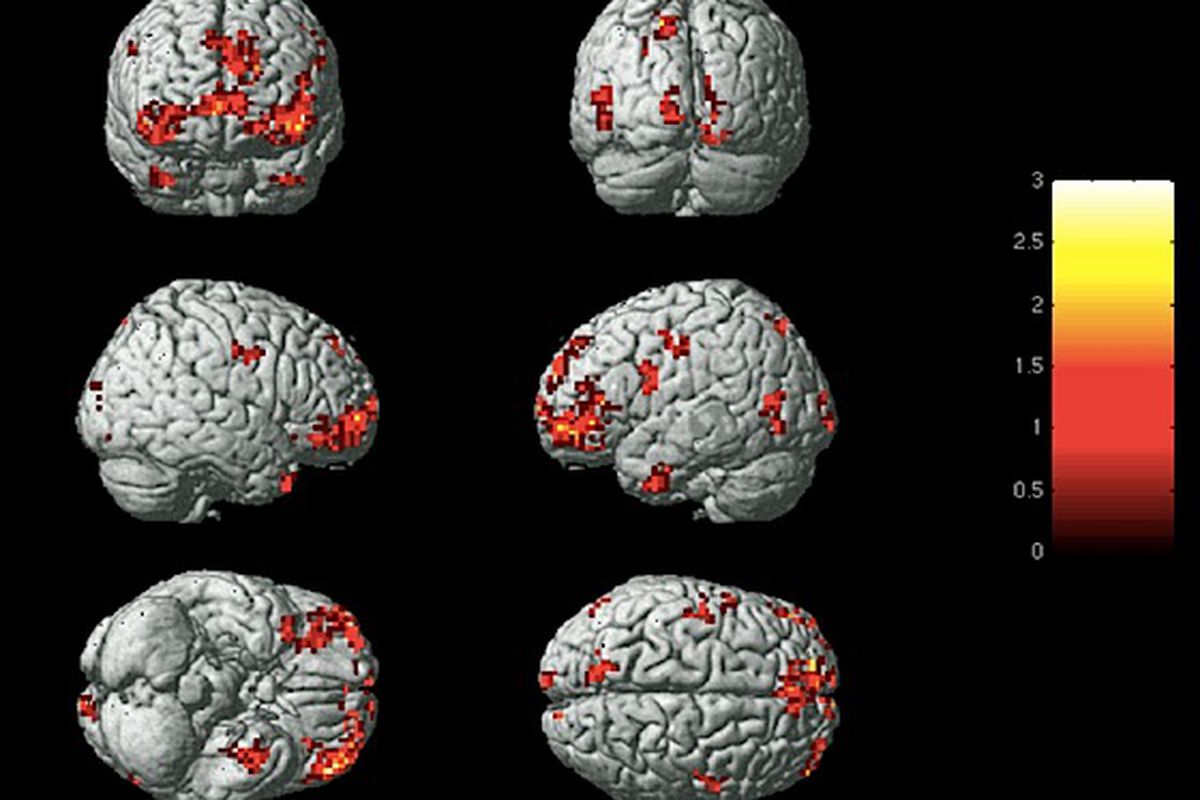I have often heard 👂 how Brain Machine Interfaces, also known as BMIs, would one day be a consumer products. Imagine being able to have a third arm. To control machines from your thoughts. Imagine being able to not just be in virtual reality through a headset; but to live the virtual reality, like in the Matrix! 🔫
These promises are often what people talk about, when prompted about BMIs. However I do not think that this is what BMIs will be used for.
How do BMIs work?
 Elon Musk is certainly making a lot of noise in that domain: neuralink. 🧠
Elon Musk is certainly making a lot of noise in that domain: neuralink. 🧠
BMIs are often thought of as brain implants being able to read/write directly from your neurons. This can be done in many different ways.
However, BMI in a broader sense, can be defined as anything remotely interfacing with your brain. One way to do that is to connect to the brain’s “inputs|outputs”: Nerves 🔌.
This has a lot of advantages. Signal from the Nerves are much better behaved and formated. One would say they are more suited for reading & writing to them. We can think about many locations and ways to read from nerves. Cochlear implants are a famous examples. The long term goal is to be able to read/write directly from the spinal nerves and restore walk to any paralyzed people ![]() . I should add, “paralized due to a spinal cords injury”. Which are far from being the majority.
. I should add, “paralized due to a spinal cords injury”. Which are far from being the majority.
Targeted muscle reinervation or TMR 💪, is often defined as a BMI. It is the closest thing we currently have to read/write directly from nerves.
It uses electrodes to read input from, say arm’s/fingers nerves that have been reattached to another muscle in the body. This muscle has been previously cut into different sub-muscles which only role will now be to amplify these nerve’s signal. when one touches that part of the body where the submuscle linked to the index is, the patient now feels someone is touching his index. When the patient wants to move its index, the cut sub-muscle moves. Now an electrode can read these submuscles activity to move a prothestic arm and shock the muscle slightly when someone is touching the arm.
But this is where the line blurs. If a device reading muscle contractions is a BMI.. Isn’t a keyboard also a device reading muscle contractions? Isn’t a touch-pad or playstation controller 🎮 ,etc, as well?
 cochlear implants allow some deaf people to hear
cochlear implants allow some deaf people to hear
“Maybe. But they will never be as good as reading directly from muscle contractions!”. And here is where the problem lies. Ask many of the companies which already tried it.. and failed: It is not. Muscles are noisy. Depending on your current state and position. Depending on which sets of muscles you use for your movements, everything can be even noisier or downright different.
I have often heard a counter argument. “You could be faster with an implant than with a game controller”. But just how fast can you get with a keyboard? What is the limiting factor? ask it to gamers. Some of them often clock more than 7 keystrokes a second! wWile 99.99% of people struggle, using more than two fingers. Most of us haven’t even scratched the surface of our bodily/muscle limits with regular keyboards and mouse ![]() . Why then, learn a new noisier tool?
. Why then, learn a new noisier tool?
The goal of this definition of BMI is really to think about one thing. We already have a BMI. A truly amazing one: Our body 🤾. And it will be extremely hard to do better than that. How hard? To me this is a much harder problem than curing cancer or preventing aging 🧑🦳.
your body is already your BMI.
What that means? 🤔
The entire design of the brain is to communicate through your body. Like a computer, you are not connecting anything to it by plugging it directly onto your CPU, you need to go through ready made interfaces. That is what USB and HDMI ports are for. This is the same for the brain and the human body. Putting wires inside often help so much, it was not meant for it.
What about medical use-cases? 🏥
An extract of how brain implants can help some patients
Well now let’s admit that we are talking only about the BMIs directly connecting to the central nervous system. There is certainly other avenues for them. Restoring movement to paralyzed people, sight to blinds 🦯. Helping in neurological issues such as parkinson, alzheimer, epilepsy and much more.
I have to say that I was always very enthusiastic ![]() about these ideas. Being myself an engineer, I admit I always found it cool to think about cyborgs and to dream about the technology I know and understand, saving lives. However now that I became more deeply interested about biology, I discovered that our body speaks another language than the technology we use in our smartphones, in many key ways.
about these ideas. Being myself an engineer, I admit I always found it cool to think about cyborgs and to dream about the technology I know and understand, saving lives. However now that I became more deeply interested about biology, I discovered that our body speaks another language than the technology we use in our smartphones, in many key ways.
This is not an insurmontable barrier, but a big one. And here is the thing, to do this, we will need to understand the language of biology. But once we can understand it, through genomics 🧬 and systems biology,we will have ways to solve all the aforementioned issues in many more remarkable ways than with BMIs. Simple pills or shots could restore sight, we could re-grow organs and destroyed brain regions. We could restore damaged spinal chords and prevent the most debilitating psychiatric diseases. These advances will likely come sooner than the types of BMIs that could do the same thing. And will be much mor acceptable for anyone to take a pill than go trough surgery to receive a foreign object 🔌.
Other avenues

MEME
Reading thoughts, peering into dreams, making music by just thinking about it, seeing what you imagine become reality in seconds, moving into a game by thought 💭. These are things that, for sure, can only come from a BMI. I won’t deny that. And it might become possible someday.
We are not limited by how fast we can write our how fast we can read.
But when I got interested into neurosciences, I learnt something very interesting. Our mind is not clear and precise. We might believe we have agencies over our thoughts and fine control of what we imagine. But this is untrue. Our inner world is a mess. A constant hurricane ![]() . We might be led to believe otherwise as we found ways, through language, words and writing 📖, to canalize our psyche into a formal stream.
. We might be led to believe otherwise as we found ways, through language, words and writing 📖, to canalize our psyche into a formal stream.
but even that is hard, as you can see from this very chaotic opinion article 🙃.
It will be possible to read one’s thoughts, but I do not think that it will make anything easier. We are not limited by how fast we can write our how fast we can read. We are limited by our own mind, and its ability to process information coherently 🧠.
One final goal.

MEEEME
There is however, 1 more goal of BMIs, maybe the only one. One that you might have heard Elon musk mentioning, when talking about his company: Neuralink. Linking our brains to AGI -artificial general intelligences. Augmenting ourselves by transfering parts or the entirety of our thoughts to more powerfull computers and algorithms.
If we can read and write fast enough into our brains, then we might be able to actually link/transfer ourselves to machines, virtually increasing our ability to process information. Allowing us to focus on things even more, to increase our empathy, our reach and experience of the world. This will cause a deep transformation, one of the self and of our our most humane personalities. “linking to AGI / transferring your brain into a machine”, two ideas amounting to the same result, will be the last step of humanity. Its final transformation. It will have to come through BMIs, the most complex BMIs ever thought of. (Un)Fortunately I do not think that BMIs will be adopted for anything else.
 fMRIs allow researcher already to read some thoughts.
fMRIs allow researcher already to read some thoughts.




Leave a comment